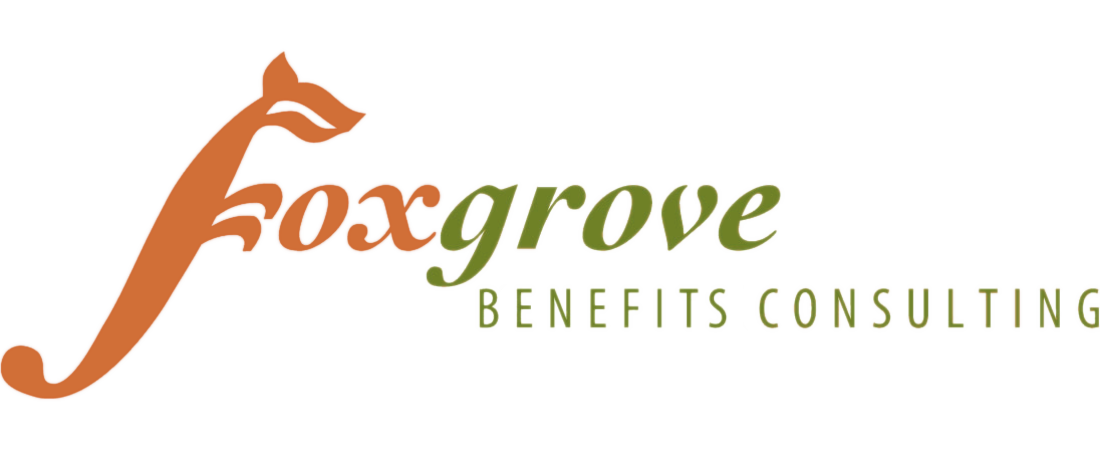Registered Education Savings Plans: Withdraw Rules
Withdrawing from a Registered Education Savings Plan (RESP) in Canada can be done in different ways depending on the needs of the beneficiary (the student). There are three main components within an RESP: contributions, government grants, and investment income. Here's how withdrawals typically work:
1. Withdrawal of Contributions (PSE Withdrawal):
PSE (Post-Secondary Education) withdrawals involve taking out the original contributions made by the subscriber (usually parents or guardians).
Contributions can be withdrawn tax-free at any time, as they were made with after-tax income.
There’s no limit on how much you can withdraw in contributions when the beneficiary is attending post-secondary education.
2. Education Assistance Payments (EAPs):
EAPs consist of investment income earned within the RESP, Canada Education Savings Grant (CESG), and other government incentives like the Canada Learning Bond (CLB).
These payments are meant to support the beneficiary with education-related costs (e.g., tuition, books, living expenses).
Taxable in the hands of the beneficiary (typically students, who often have little to no income and can use their tax credits to minimize taxes).
For the first 13 weeks of post-secondary enrollment, there’s a limit of $5,000 in EAP withdrawals, unless the institution allows more, after which further amounts can be withdrawn.
3. Accumulated Income Payments (AIPs):
If the beneficiary does not pursue post-secondary education, the investment income within the RESP can be withdrawn, but this is subject to strict conditions:
Must pay taxes on the income plus a 20% penalty.
The withdrawal of investment income is also taxed as regular income in the hands of the subscriber.
You may transfer the income to an RRSP (Registered Retirement Savings Plan) of the subscriber if there is contribution room, in which case the 20% penalty may be avoided.
4. Return of CESG/CLB:
If the beneficiary does not enroll in a post-secondary institution, any unused CESG and CLB grants must be returned to the government.
Key Points to Remember:
Proof of Enrollment: Withdrawals typically require proof that the beneficiary is enrolled in a qualifying post-secondary program.
Timing: It’s essential to start withdrawing RESP funds once the student is enrolled, as there are limits on how long you can keep the plan open after the child turns 21.

